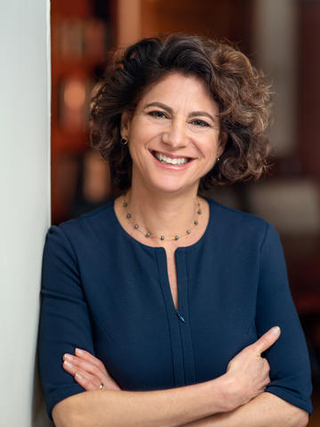Path to Student Centered Learning

Tamar Gendler
Dean of the Faculty of Arts and Sciences, Vincent J Scully Professor of Philosophy; Professor of Psychology and Cognitive Science
Reflective Teaching and Student-centered learning are teaching approaches that place students at the center of the learning process. In both approaches, the teacher acts as a facilitator, guiding and supporting the student’s learning journey, putting in the work to assess their own teaching methods, rethink their curriculum selections, consider student input, and make changes to enhance student engagement and learning. Both practices have become increasingly important in higher education for several reasons, often finding themselves at the core of flipped classrooms.
In specific instances, flipped classrooms become a student-centered teaching approach in which students are asked to learn new material outside of class, often through videos, readings, or other resources. Then, during class time, students engage in activities that allow them to apply what they have learned and to deepen their understanding through various means of communication and collaboration.
Tamar Gendler, Dean of the Faculty of Arts and Sciences and Professor of Psychology and Cognitive Science, shifts the focus of classroom time from lecturing to active learning. In Tamar’s discussion of her flipped classroom, you will discover how the use of organization, metacognitive discourse and Voice Thread help to promote student engagement and motivation while also encouraging students to take ownership of their learning.
Transcript
This transcript was created via voice to text and is not written conversationally.